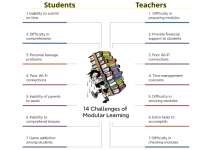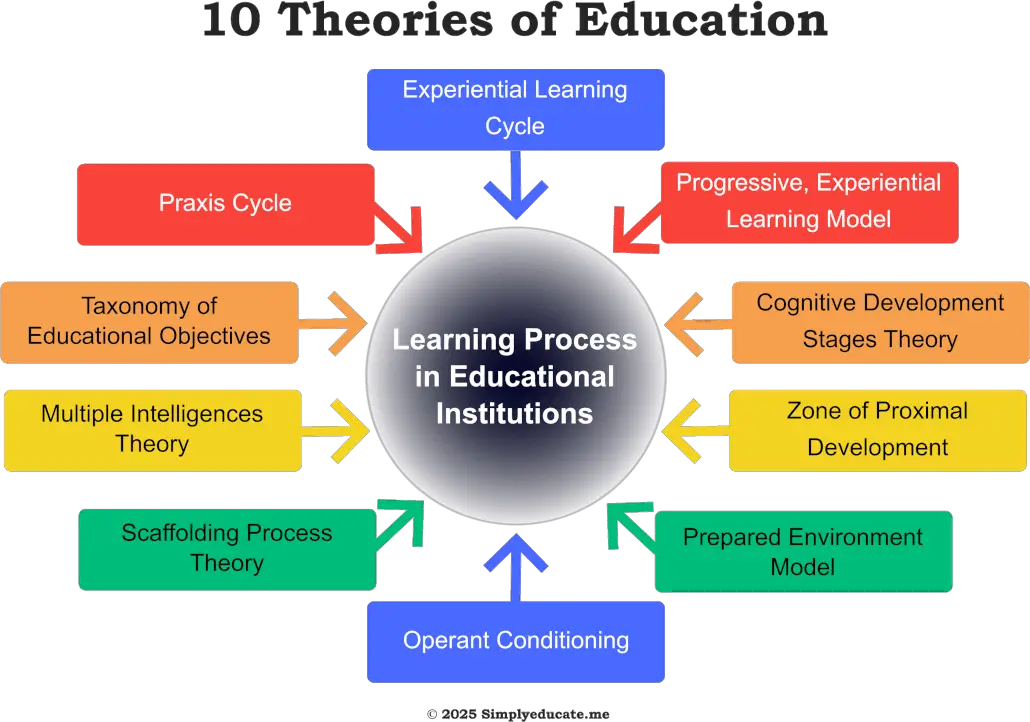
Theories of education steer the direction of education that we know today. Here’s an overview of ten notable theories of education—ranging from classics to more contemporary—each with a concise description and diagrammatic representation of the education theorists philosophy and their contributions to modern education.
This list is limited to 10. There are more education theories that are gaining popularity which are not covered in this article. Let’s explore the theories of these notable education theorists and their major contributions to education as we know today.
Table of Contents
10 Major Theories of Education and Their Proponents
1. Progressive, Experiential Learning Model by John Dewey (1859-1952)
Theory
Progressive, experiential learning—pedagogy rooted in “learning by doing,” democratic classrooms, and connecting curriculum to real life.
Brief Description of John Dewey’s Learning Theory
John Dewey, a central figure in modern educational philosophy, advanced the concept of progressive education, which placed the learner’s active experience at the heart of schooling.
For Dewey, education was not simply the transfer of static knowledge but a dynamic process of growth through problem-solving and reflective thought. His principle of learning by doing emphasized that children construct meaning through interaction with their environment. He opposed rote memorization and authoritarian teaching, advocating instead for classrooms as microcosms of democratic society, where participation, inquiry, and collaboration are cultivated.
Education is a dynamic process of growth through problem-solving and reflective thought, not simply the transfer of static knowledge.
– John Dewey
Dewey’s influence persists in contemporary approaches such as project-based learning, service-learning, and thematic instruction. His work provided the philosophical foundation for constructivist teaching methods, where learners engage in authentic, real-world tasks that demand critical thinking and creativity. This perspective encourages teachers to design experiences that connect curriculum content to learners’ personal interests and societal needs, fostering both academic competence and civic responsibility.
However, Dewey’s model also presents challenges when applied in rigid or standardized systems. His vision demands a high level of teacher skill in curriculum integration, the capacity to manage open-ended inquiry, and flexibility in assessment. Modern educators attempting to realize Dewey’s ideals must reconcile them with accountability frameworks, testing mandates, and diverse learner needs, ensuring that experiential learning remains inclusive and equitable.
Diagrammatic Representation of John Dewey’s Theory
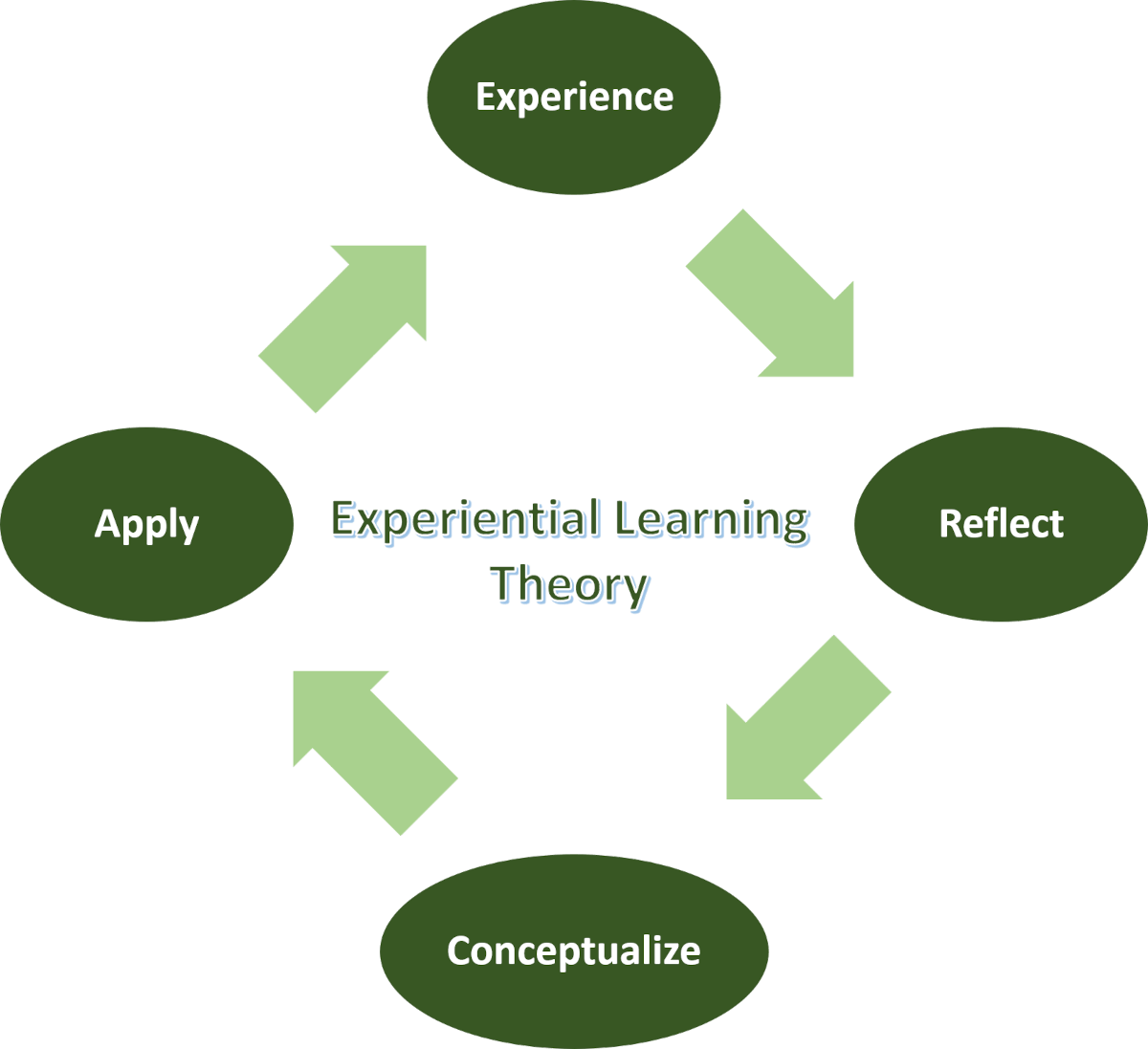
Contribution to Education
Dewey’s ideas laid the groundwork for project-based learning and student-centered instruction, making education more interactive and socially responsive.
2. Jean Piaget (1896-1980)
Theory
Cognitive-developmental stages (sensorimotor, preoperational, concrete, formal operations); learners actively construct knowledge via assimilation and accommodation.
Brief Description of Jean Piaget’s Cognitive Development Stages Theory
Jean Piaget’s cognitive-developmental theory transformed how educators understand the relationship between a child’s developmental stage and their capacity to learn. He posited four sequential stages—sensorimotor, preoperational, concrete operational, and formal operational—each characterized by qualitatively different ways of thinking.
Central to his theory is the idea that children are not passive recipients of information; instead, they actively construct knowledge through processes of assimilation and accommodation, adjusting mental structures to integrate new experiences.
Children are not passive recipients of information; instead, they actively construct knowledge through processes of assimilation and accommodation, adjusting mental structures to integrate new experiences.
– JEAN Piaget
Piaget’s theory informs age-appropriate curriculum design by emphasizing developmental readiness. For instance, in early childhood, learning is most effective through sensory play and concrete manipulation, while adolescents can handle more abstract reasoning tasks. In practice, this developmental alignment has shaped mathematics and science instruction, where educators gradually shift from tangible materials to symbolic representation as learners mature cognitively.
Yet, criticisms of Piaget highlight that development may be more fluid and context-dependent than his rigid stage model suggests. Cultural differences, social interaction, and individual variation can accelerate or delay mastery of certain cognitive skills. Modern educators often integrate Piaget’s insights with Vygotsky’s sociocultural theory, acknowledging that while developmental stages provide useful guidelines, social mediation and scaffolding can extend learners’ capacities beyond their current stage.
Diagrammatic Representation of Piaget’s Cognitive Develop Theory

Contribution to Education
Piaget’s constructivist framework shaped age-appropriate curricula and inquiry-based learning, helping educators design engaging, developmentally aligned activities.
3. Lev Vygotsky (1896-1934)
Theory
Sociocultural development—Zone of Proximal Development (ZPD) and scaffolding through interaction with more knowledgeable others.
Brief Description of Lev Vygotsky’s Theory
Lev Vygotsky shifted the focus from individual cognition to the social context of learning, asserting that knowledge is co-constructed through interaction. His Zone of Proximal Development (ZPD) describes the range between what a learner can accomplish independently and what they can achieve with guidance from a more knowledgeable other. Scaffolding—temporary support tailored to the learner’s needs—enables progression through the ZPD until the learner internalizes the skills or concepts.
In educational settings, Vygotsky’s theory underpins collaborative learning, peer tutoring, and dialogic teaching methods. It emphasizes that teachers are not mere transmitters of knowledge but facilitators who strategically intervene to extend students’ abilities.
Technology-enhanced learning environments now operationalize ZPD principles by adapting difficulty levels in real time, ensuring learners are continuously challenged without becoming overwhelmed.
Teachers are not mere transmitters of knowledge but facilitators who strategically intervene to extend students’ abilities.
– Lev Vygostsky
One significant implication of Vygotsky’s work is the recognition of cultural tools—language, symbols, and artifacts—as mediators of thought. This means that pedagogy must be culturally responsive, drawing on students’ backgrounds and linguistic repertoires to enhance comprehension and engagement.
Vygotsky’s model challenges standardized instruction, suggesting instead that learning pathways must be flexible, socially embedded, and deeply attuned to learners’ sociocultural contexts.
Diagrammatic Representation of Lev Vygotsky’s Theory
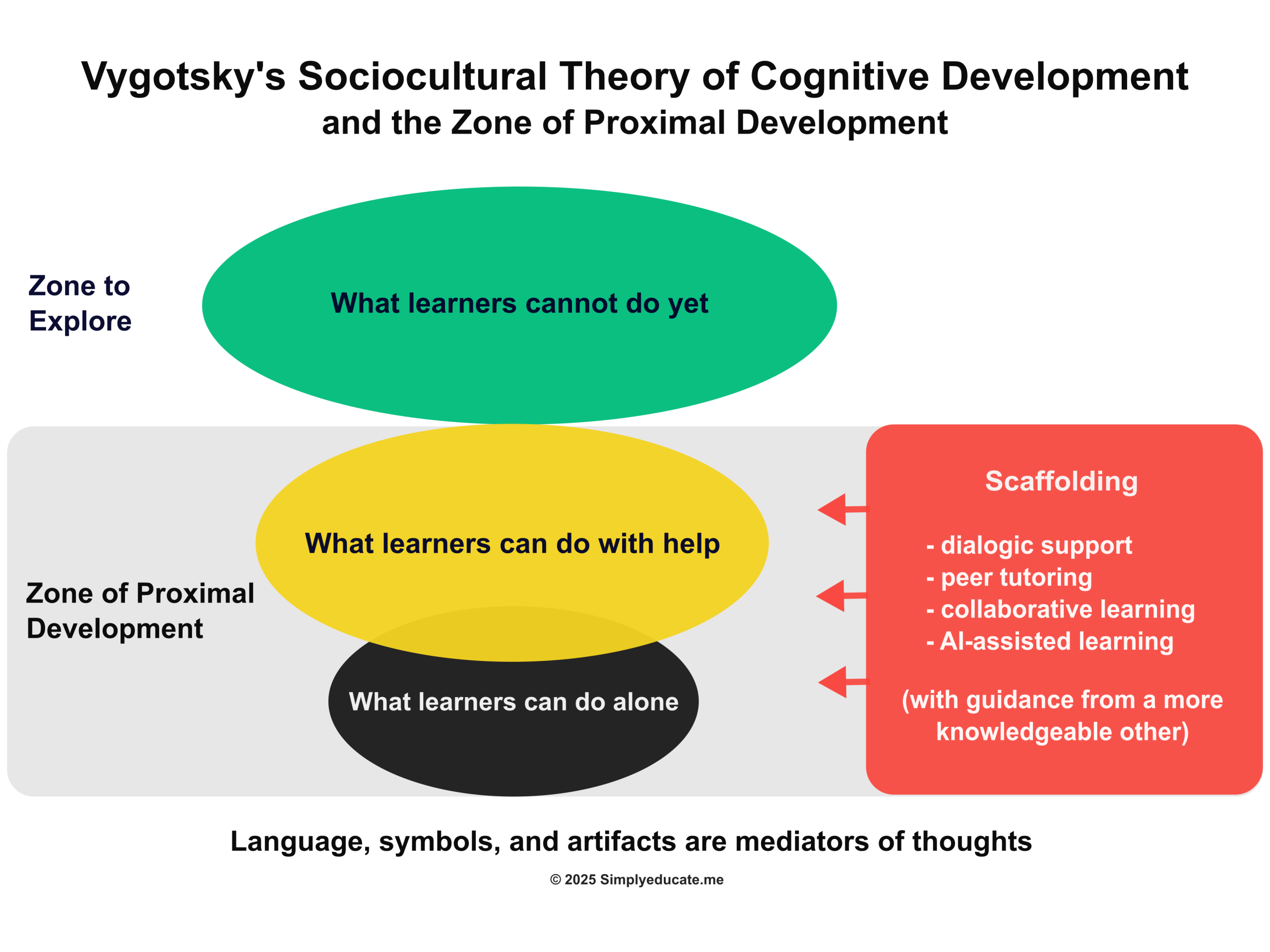
Contribution to Education
His insights underpin collaborative learning strategies, guided instruction, and scaffolded lessons sensitive to learners’ emerging capabilities.
4. Maria Montessori (1870-1942)
Theory
Child-centered learning within a “prepared environment,” where children advance through self-directed, sensory-based stages.
Brief Description of Maria Montessori’s Prepared Environment Model
Maria Montessori revolutionized early childhood education by designing a pedagogy grounded in respect for the child’s natural developmental trajectory. Her prepared environment model ensures that learning spaces are orderly, aesthetically pleasing, and rich in sensory materials that invite exploration.
Montessori saw the child as an active, autonomous learner who progresses through distinct planes of development, each with sensitive periods for acquiring particular skills. The teacher’s role is that of a guide who observes, prepares the environment, and intervenes minimally—allowing learners to construct understanding at their own pace.
The child is an active, autonomous learner who progresses through distinct planes of development, each with sensitive periods for acquiring particular skills. The teacher’s role is that of a guide who observes, prepares the environment, and intervenes minimally—allowing learners to construct understanding at their own pace.
Maria Montessori
This approach has had enduring influence on preschool and primary education worldwide. Montessori classrooms emphasize mixed-age groupings, individualized learning plans, and self-correcting materials, fostering independence, intrinsic motivation, and responsibility. Learners are encouraged to make choices, developing not only academic skills but also executive functions such as self-regulation and decision-making.
Critics point out that the Montessori method requires significant teacher training and specialized materials, which may be costly or inaccessible in under-resourced settings. Furthermore, while autonomy is a strength, some argue it may not sufficiently prepare students for more structured, test-driven environments.
Nonetheless, the Montessori emphasis on learner agency and prepared environments has been integrated into public school reforms and alternative education programs.
Diagrammatic Representation of Montessori’s Theory
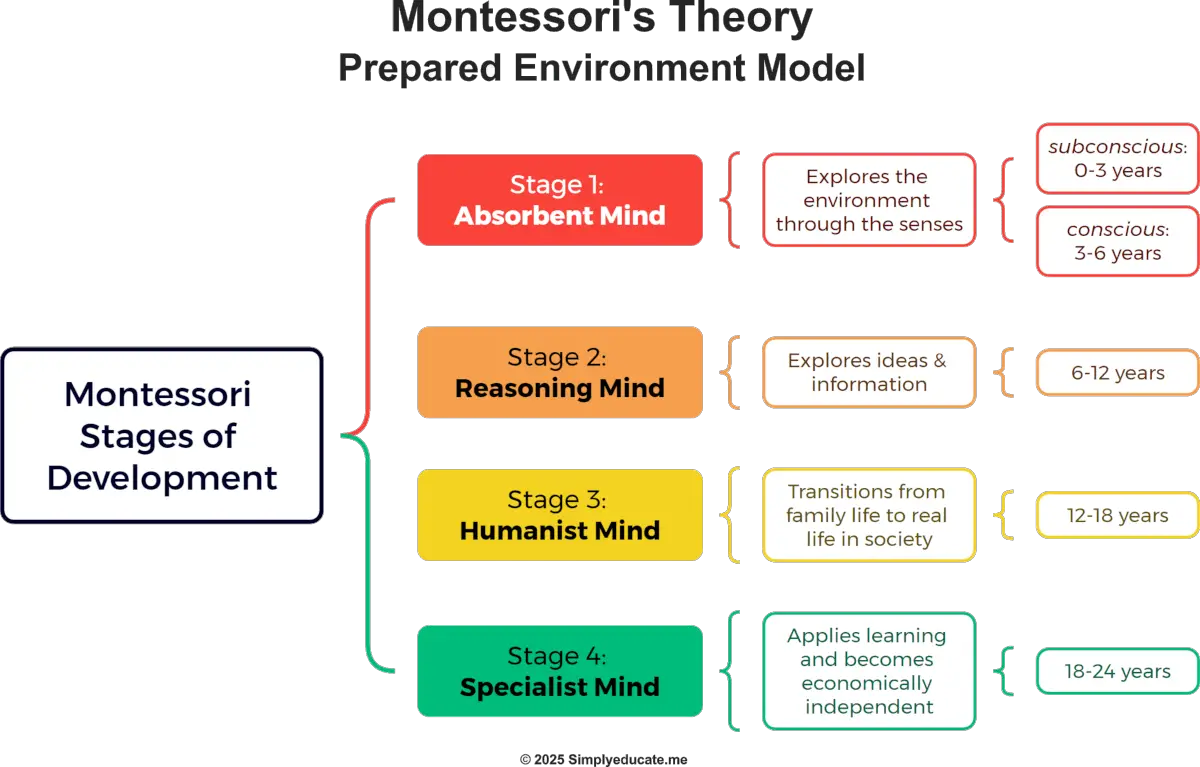
Contribution to Education
Montessori’s method revolutionized early education by promoting independence, autonomy, and hands-on learning—widely adopted in preschool settings.
5. Burrhus Frederic Skinner (1904-1990)
Theory
Behaviorism—operant conditioning governed by reinforcement and punishment.
Brief Description of B. F. Skinner’s Theory
B. F. Skinner’s behaviorist framework emphasized that learning is a change in observable behavior brought about by external reinforcement or punishment. His concept of operant conditioning identified how consequences—positive reinforcement, negative reinforcement, and punishment—shape behavior over time.
Unlike earlier stimulus-response theorists, Skinner systematically studied schedules of reinforcement, demonstrating that the timing and frequency of rewards can dramatically affect learning outcomes.
Learning is a change in observable behavior brought about by external reinforcement or punishment.
– B. F. Skinner
In classrooms, Skinner’s ideas translated into structured reward systems, token economies, and programmed instruction. For instance, students may earn points or privileges for completing tasks, which reinforces desired behaviors and habits. His approach remains visible in behavior management strategies, special education programs, and computer-assisted learning modules that provide immediate feedback.
While Skinner’s methods are effective for shaping specific behaviors, critics argue that they focus narrowly on observable actions and neglect cognitive and emotional processes.
In higher education and complex problem-solving contexts, intrinsic motivation and critical thinking play a greater role, which purely behaviorist methods may fail to address.
Nonetheless, blended approaches often combine Skinnerian reinforcement with constructivist and humanistic principles to address the full spectrum of learning needs.
Diagrammatic Representation of Skinner’s Behaviorism and Operant Conditioning Theory
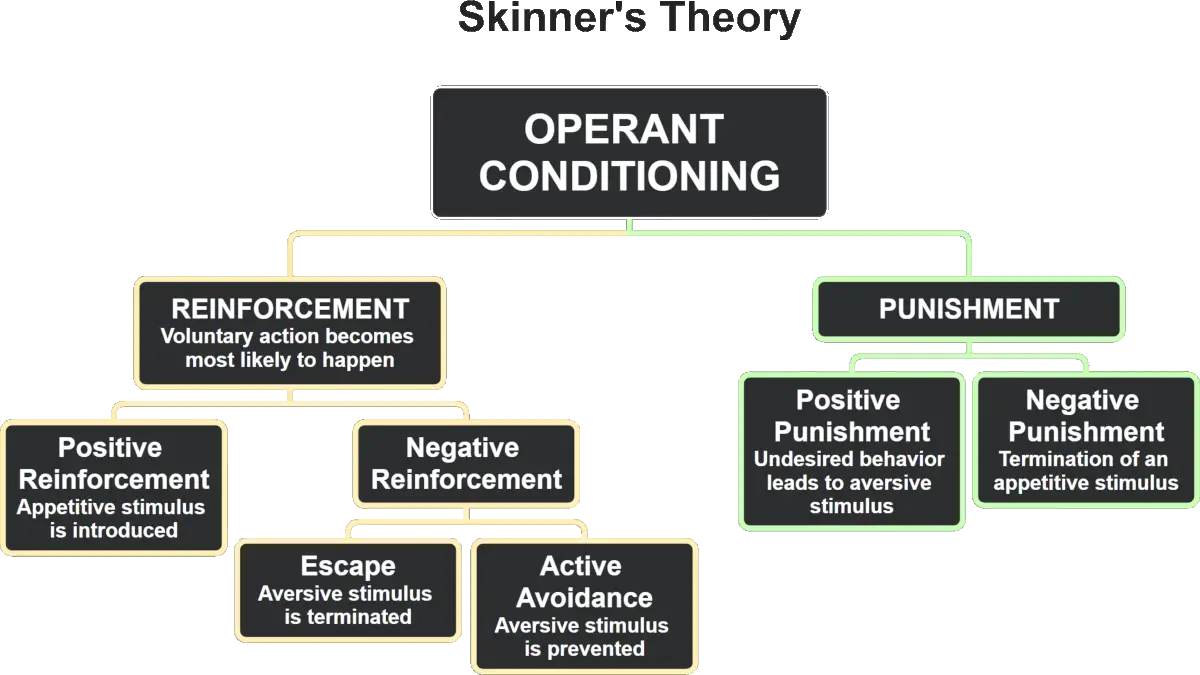
Contribution to Education
His framework informs behavior management and individualized instruction techniques in classrooms, such as token economies and positive reinforcement systems.
6. Jerome Bruner (1915 to 2016)
Theory
Scaffolding and representation modes (enactive, iconic, symbolic); spiral curriculum for revisiting topics at increasing complexity.
Brief Description of Jerome Bruner’s Scaffolding Process Theory
Jerome Bruner introduced the concept of scaffolding—support structures provided by teachers to assist learners in achieving tasks just beyond their independent capability. Once mastery is reached, scaffolding is gradually removed, promoting autonomy.
He also proposed three modes of representation: enactive (action-based), iconic (image-based), and symbolic (language-based), through which learners encode and process knowledge. Bruner’s spiral curriculum further emphasized revisiting core ideas at increasing levels of complexity, enabling cumulative learning.
In practice, Bruner’s influence is seen in instructional designs that layer concepts over time, such as in mathematics, where basic arithmetic precedes algebra, which in turn prepares students for calculus. Scaffolding strategies—modeling, questioning, providing cues—are integral to differentiated instruction and special needs education, ensuring that all learners can access challenging material.
Critically, while Bruner acknowledged cultural context in learning, his theories were developed primarily in Western educational settings, which may limit universal applicability. Nonetheless, the scaffolding model has proven adaptable across cultures, especially when merged with Vygotsky’s ZPD, reinforcing the social nature of learning.
Diagrammatic Representation of Bruner’s Theory
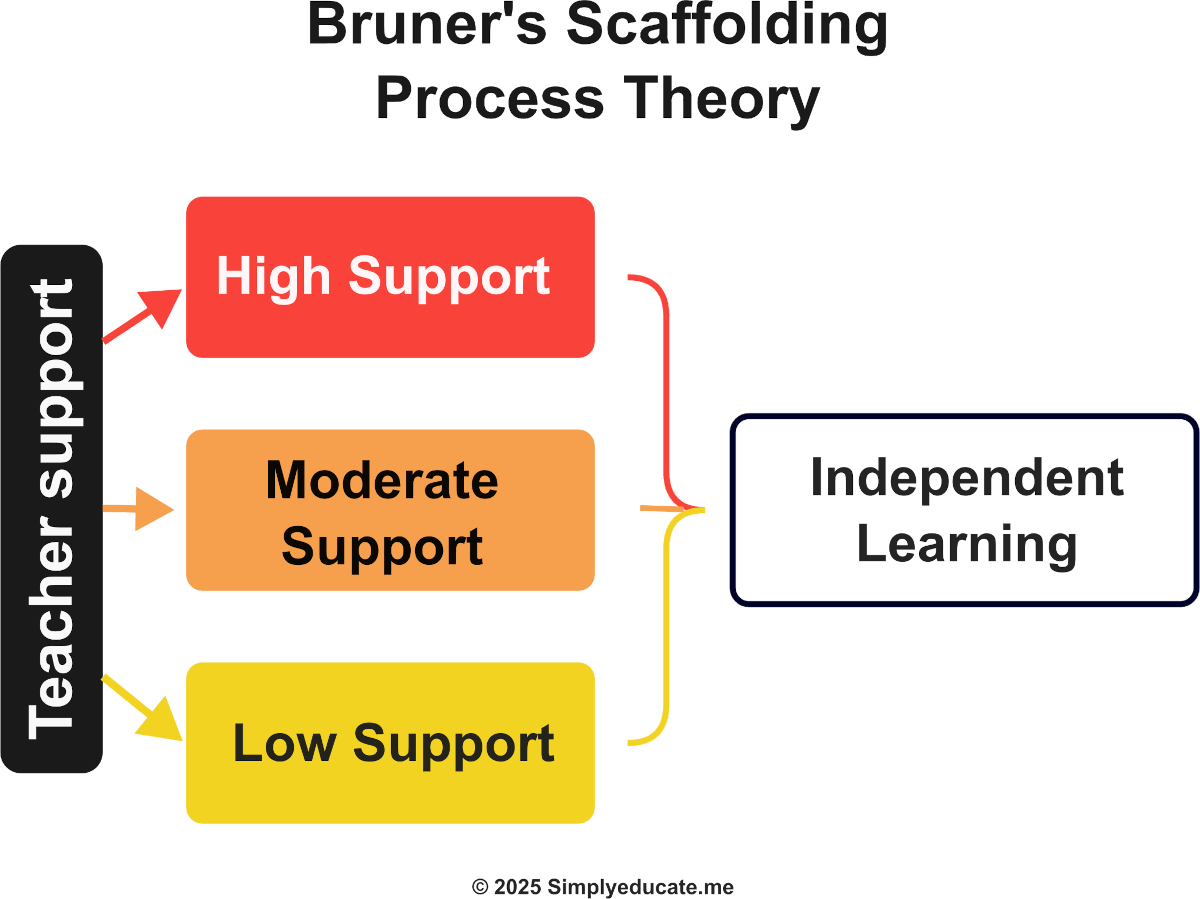
Contribution to Education
Bruner’s ideas support instructional scaffolding, multi-modal teaching, and curriculum design that builds depth over time through repetition and progression.
7. Howard Gardner (1943-present)
Theory
Multiple intelligences—distinct cognitive abilities (e.g., linguistic, musical, interpersonal) beyond conventional IQ.
Brief Description of Howard Gardner’s Multiple Intelligences Theory
Howard Gardner’s Multiple Intelligences Theory challenged the primacy of IQ as the sole measure of human potential. He identified distinct forms of intelligence—linguistic, logical-mathematical, spatial, bodily-kinesthetic, musical, interpersonal, intrapersonal, and later, naturalistic. Gardner argued that each individual possesses a unique profile of strengths and that education should cultivate all forms, not just those emphasized in standardized testing.
There are distinct forms of intelligence—linguistic, logical-mathematical, spatial, bodily-kinesthetic, musical, interpersonal, intrapersonal, and naturalistic.
– Howard Gardner
This theory has broadened conceptions of ability in classrooms, encouraging varied instructional strategies. Teachers might use music to reinforce mathematical patterns, role-play to develop interpersonal skills, or outdoor exploration to engage naturalistic intelligence. By diversifying modes of instruction, educators can increase engagement and achievement for learners whose talents lie outside traditional academic domains.
However, critics contend that empirical evidence for discrete intelligences is limited, and that Gardner’s framework may be more descriptive than predictive. Still, the theory’s enduring appeal lies in its humanistic commitment to recognizing and nurturing diverse learner capacities—an ethos now embedded in inclusive education policies.
Diagrammatic Representation of Howard Gardner’s Theory
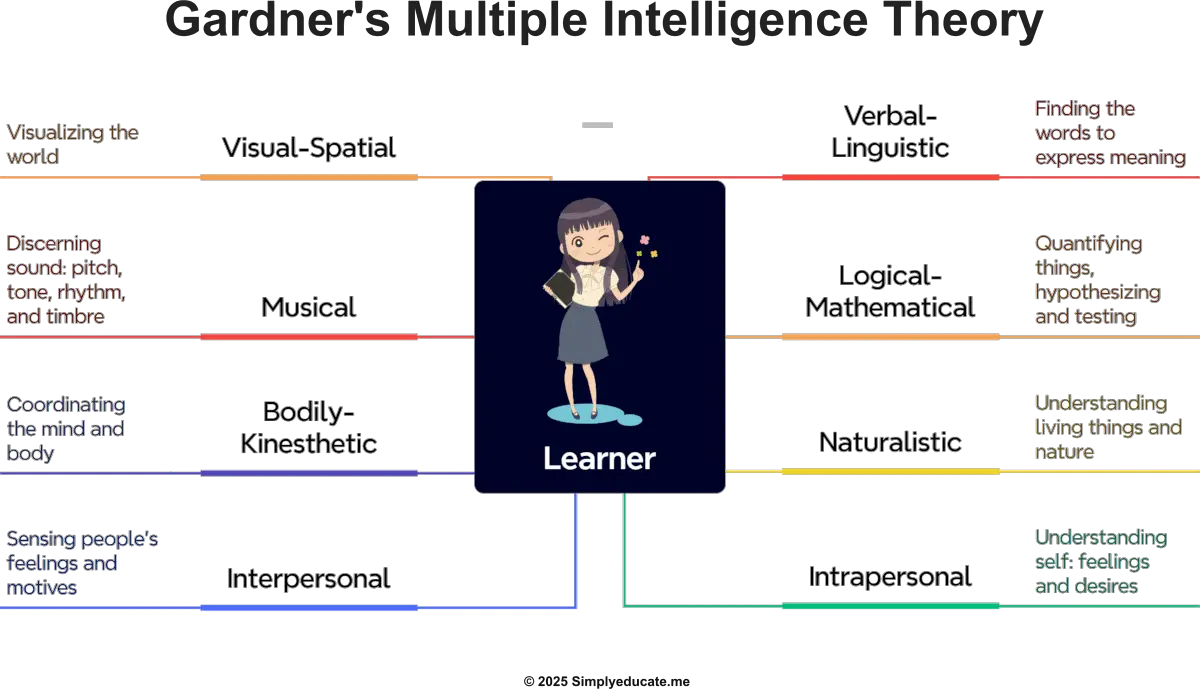
Contribution to Education
Encouraged educators to adopt more inclusive, varied teaching methods that recognize and foster diverse learner strengths.
8. Benjamin Bloom (1913-1999)
Theory
Bloom’s Taxonomy (hierarchical cognitive domains) and Mastery Learning; classification of educational objectives and tailored pacing.
Brief Description of Benjamin Bloom’s Theory
Benjamin Bloom’s Taxonomy of Educational Objectives classified learning into hierarchical cognitive levels: Knowledge, Comprehension, Application, Analysis, Synthesis, and Evaluation (later revised to Remember, Understand, Apply, Analyze, Evaluate, Create). This framework helps teachers design objectives, learning activities, and assessments that promote higher-order thinking. Bloom’s Mastery Learning proposed that all students can achieve high levels of understanding given sufficient time and appropriate instruction.
Today, Bloom’s taxonomy remains a staple in curriculum planning and assessment design, guiding educators to move beyond rote memorization toward analytical and creative tasks. Mastery learning principles underpin personalized learning initiatives, where pacing and instructional methods are adjusted to ensure competency before advancing.
Some critics argue that hierarchical models oversimplify the complex interplay of cognitive processes, and mastery learning’s time-flexible approach can be impractical in fixed-term courses. Yet, the enduring influence of Bloom’s work is evident in teacher training, lesson planning templates, and educational technology platforms.
Diagrammatic Representation of Bloom’s Revised Taxonomy of Educational Objectives

Contribution to Education
His taxonomy remains a foundational tool for lesson design, assessment, and differentiation; Mastery Learning guides teachers to ensure student competency before progression.
9. Paulo Freire (1921-1997)
Theory
Critical pedagogy—education as a liberatory, dialogic process rather than the “banking model” of passive knowledge transfer.
Brief Description of Paulo Freire’s Theory
Paulo Freire’s critical pedagogy reframed education as a liberatory process. Rejecting the “banking model” of education—in which teachers deposit information into passive students—Freire championed dialogue, reflection, and action (praxis) as tools for social transformation. Education, in his view, is inseparable from issues of power, justice, and human dignity.
Education is inseparable from issues of power, justice, and human dignity.
– Paulo Freire
His approach influences social justice education, adult literacy programs, and community-based learning initiatives worldwide. By positioning students as co-creators of knowledge, critical pedagogy empowers them to question dominant narratives, analyze systemic inequalities, and take action toward change.
The challenge in applying Freire’s model lies in balancing critical consciousness with curricular requirements and standardized assessments. In politically restrictive environments, openly discussing oppression and inequity can also be contentious. Nonetheless, Freire’s legacy endures in movements for culturally responsive teaching and emancipatory education.
Diagrammatic Representation of Freire’s Theory
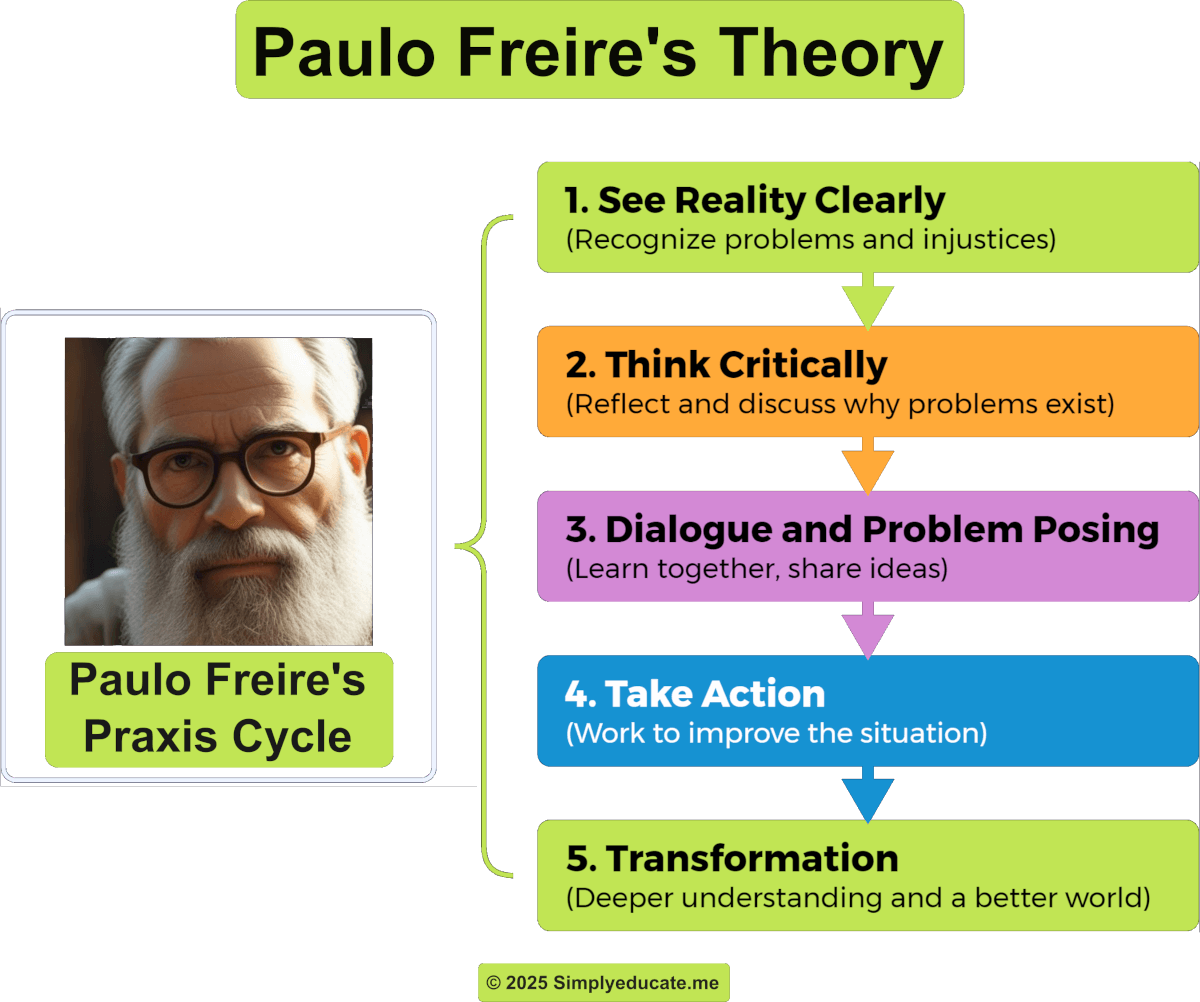
Contribution to Education
Freire’s vision inspires socially conscious education and pedagogies aimed at empowering marginalized learners through critical reflection and collaborative learning.
10. David A. Kolb (1939-present) (Modern Contribution)
Theory
Experiential learning cycle—Concrete Experience → Reflective Observation → Abstract Conceptualization → Active Experimentation.
Brief Description of David A. Kolb’s Theory
David Kolb synthesized Dewey, Piaget, and Lewin into his Experiential Learning Cycle: Concrete Experience → Reflective Observation → Abstract Conceptualization → Active Experimentation. Learning, in Kolb’s view, is a continuous process where experience and reflection drive conceptual understanding, which is then tested in new situations. This model supports hands-on, reflective, and iterative learning in both formal and informal settings.
Diagrammatic Representation of Kolb’s Experiential Learning Cycle
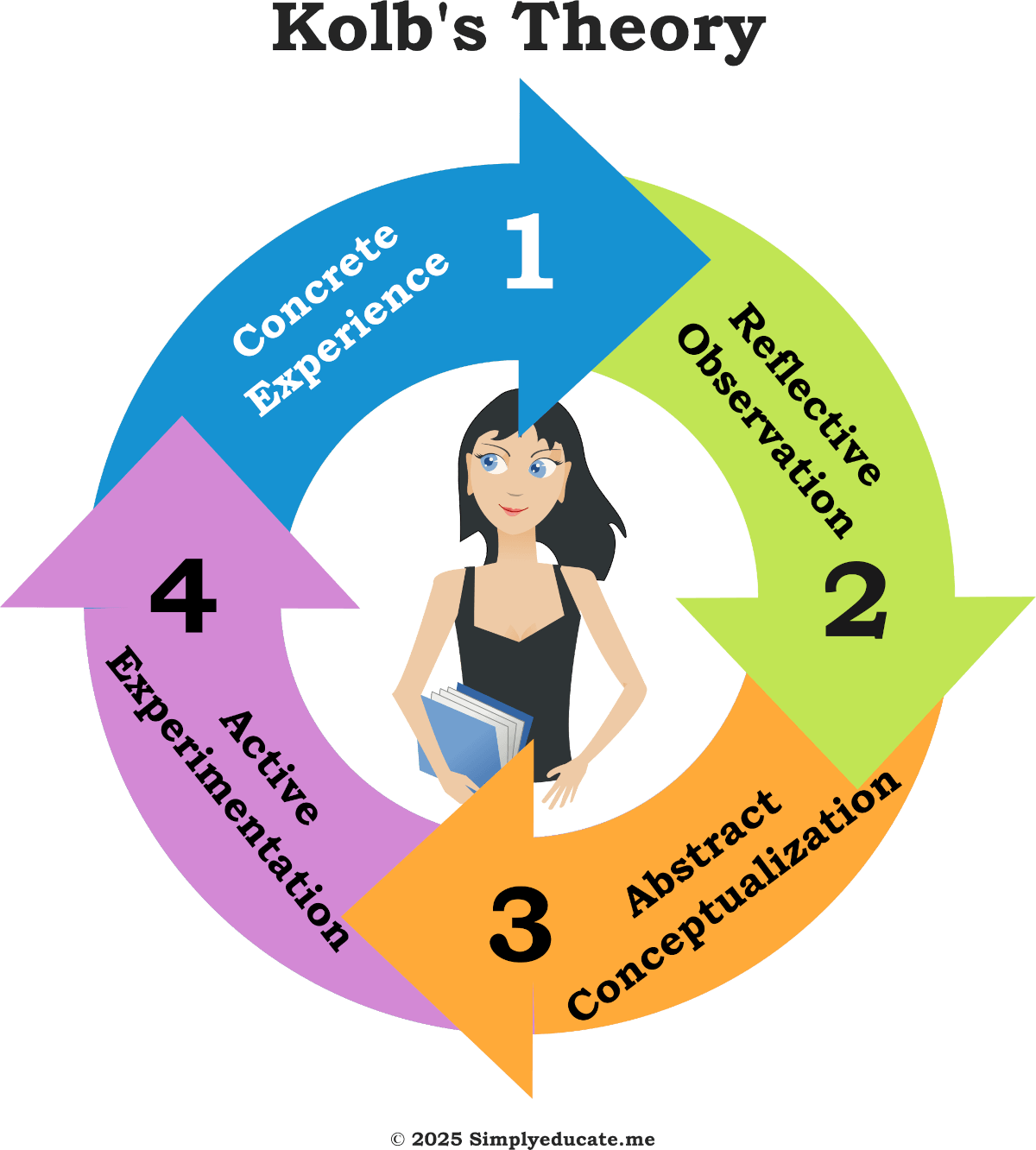
Contribution to Education
Kolb’s framework informs experiential approaches across curricula.
Summary and Conclusion
Across the history of modern education, the contributions of key theorists such as John Dewey, Jean Piaget, Lev Vygotsky, Maria Montessori, B.F. Skinner, Jerome Bruner, Howard Gardner, Benjamin Bloom, Paulo Freire, and David Kolb have profoundly shaped how teaching and learning are understood and practiced. Dewey’s emphasis on learning by doing laid the groundwork for student-centered instruction; Piaget’s stages of cognitive development informed age-appropriate curriculum design; Vygotsky’s sociocultural theory and concept of the Zone of Proximal Development continue to influence collaborative learning; Montessori’s child-led approach has inspired alternative education models worldwide; and Skinner’s behaviorist principles still underpin structured reinforcement systems in many classrooms.
Bruner’s discovery learning, Gardner’s multiple intelligences, Bloom’s taxonomy, Freire’s critical pedagogy, and Kolb’s experiential learning cycle all contributed unique frameworks for cultivating both intellectual growth and personal transformation.
In terms of application, many of these theories remain visible in U.S. and global education systems. Bloom’s taxonomy is arguably the most pervasively used, serving as a universal framework for setting learning objectives, designing assessments, and structuring curriculum. Piaget’s and Vygotsky’s ideas dominate early childhood and developmental education, while Montessori methods are adopted in thousands of schools worldwide, particularly in early education settings. Skinner’s principles are evident in behavior management programs, and Bruner’s and Gardner’s theories remain influential in differentiated instruction. Freire’s pedagogy, while less common in mainstream U.S. classrooms, is embraced in alternative and social justice-oriented educational contexts, and Kolb’s learning cycle is widely applied in higher education and corporate training.
Looking ahead, artificial intelligence (AI) holds potential to amplify the application of these theories by personalizing instruction, simulating experiential learning environments, and providing adaptive feedback aligned with Bloom’s taxonomy or Gardner’s multiple intelligences.
However, exercising caution is necessary. AI systems must be guided by sound pedagogical principles, ensuring they support—not replace—human relationships, critical thinking, and ethical decision-making in education. Without careful oversight, there is a risk of reducing complex theories to oversimplified algorithms, overlooking cultural context, and reinforcing existing inequities. When thoughtfully integrated, AI can serve as a powerful ally in bringing the insights of these education theorists into the classrooms of the future.
Without careful oversight, there is a risk of reducing complex theories to oversimplified algorithms, overlooking cultural context, and reinforcing existing inequities.
Resources
Articles
Araújo, A. A., Kalinowski, M., & Baldassarre, M. T. (2025, April). Embracing experiential learning: Hackathons as an educational strategy for shaping soft skills in software engineering. In 2025 IEEE/ACM 37th International Conference on Software Engineering Education and Training (CSEE&T) (pp. 319-324). IEEE.
Global Montessori Network, 2022. An Introduction to the World of Montessori Education. Retrieved on August 11, 2025 from https://theglobalmontessorinetwork.org/an-introduction-to-the-world-of-montessori-education/
Monroe University (n.d.). Early Childhood Education History: Theorists and Theories. Retrieved on August 11, 2025 from https://www.monroeu.edu/news/early-childhood-education-history-theorists-theories
Shih, Y. H. (2018). Rethinking Paulo Freire’s Dialogic Pedagogy and Its Implications for Teachers’ Teaching. Journal of education and learning, 7(4), 130-235.
Western Governors University (2020). Experiential Learning Theory. Retrieved on August 10, 2025 from https://www.wgu.edu/blog/experiential-learning-theory2006.html
Websites
- earlyyears.tv
- makingeducation.edu.au
- psychology.org
- structural-learning.com
- teachhq.com

